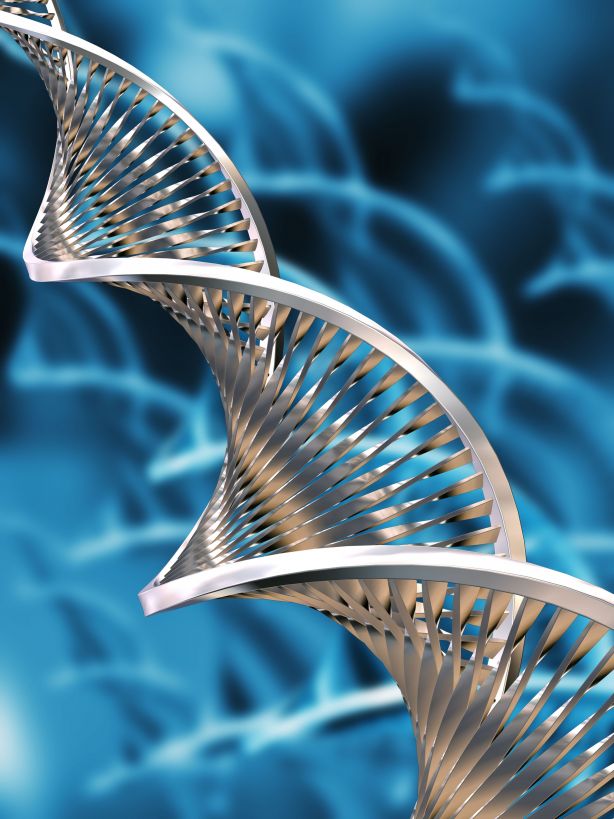
Gene therapy using an Adenovirus vector. A new gene is inserted into an adenovirus vector, which is used to introduce the modified DNA into a human cell. If the treatment is successful, the new gene will make a functional protein.
Gene therapy may be used for treating, or even curing, genetic and acquired diseases like cancer and AIDS by using normal genes to supplement or replace defective genes or to bolster a normal function such as immunity. It can be used to target somatic (i.e., body) or gametes (i.e., egg and sperm) cells. In somatic gene therapy, the genome of the recipient is changed, but this change is not passed along to the next generation. In contrast, in germline gene therapy, the egg and sperm cells of the parents are changed for the purpose of passing on the changes to their offspring.
There are basically two ways of implementing a gene therapy treatment:
1. Ex vivo, which means “outside the body” – Cells from the patient’s blood or bone marrow are removed and grown in the laboratory. They are then exposed to a virus carrying the desired gene. The virus enters the cells, and the desired gene becomes part of the DNA of the cells. The cells are allowed to grow in the laboratory before being returned to the patient by injection into a vein.
2. In vivo, which means “inside the body” – No cells are removed from the patient’s body. Instead, vectors are used to deliver the desired gene to cells in the patient’s body.
As of June 2001, more than 500 clinical gene-therapy trials involving about 3,500 patients have been identified worldwide. Around 78% of these are in the United States, with Europe having 18%. These trials focus on various types of cancer, although other multigenic diseases are being studied as well. Recently, two children born with severe combined immunodeficiency disorder (“SCID”) were reported to have been cured after being given genetically engineered cells.
Gene therapy faces many obstacles before it can become a practical approach for treating disease.At least four of these obstacles are as follows:
1. Gene delivery tools. Genes are inserted into the body using gene carriers called vectors. The most common vectors now are viruses, which have evolved a way of encapsulating and delivering their genes to human cells in a pathogenic manner. Scientists manipulate the genome of the virus by removing the disease-causing genes and inserting the therapeutic genes. However, while viruses are effective, they can introduce problems like toxicity, immune and inflammatory responses, and gene control and targeting issues. In addition, in order for gene therapy to provide permanent therapeutic effects, the introduced gene needs to be integrated within the host cell's genome. Some viral vectors effect this in a random fashion, which can introduce other problems such as disruption of an endogenous host gene.
2. High costs. Since gene therapy is relatively new and at an experimental stage, it is an expensive treatment to undertake. This explains why current studies are focused on illnesses commonly found in developed countries, where more people can afford to pay for treatment. It may take decades before developing countries can take advantage of this technology.
3. Limited knowledge of the functions of genes. Scientists currently know the functions of only a few genes. Hence, gene therapy can address only some genes that cause a particular disease. Worse, it is not known exactly whether genes have more than one function, which creates uncertainty as to whether replacing such genes is indeed desirable.
4. Multigene disorders and effect of environment. Most genetic disorders involve more than one gene. Moreover, most diseases involve the interaction of several genes and the environment. For example, many people with cancer not only inherit the disease gene for the disorder, but may have also failed to inherit specific tumor suppressor genes. Diet, exercise, smoking and other environmental factors may have also contributed to their disease.




